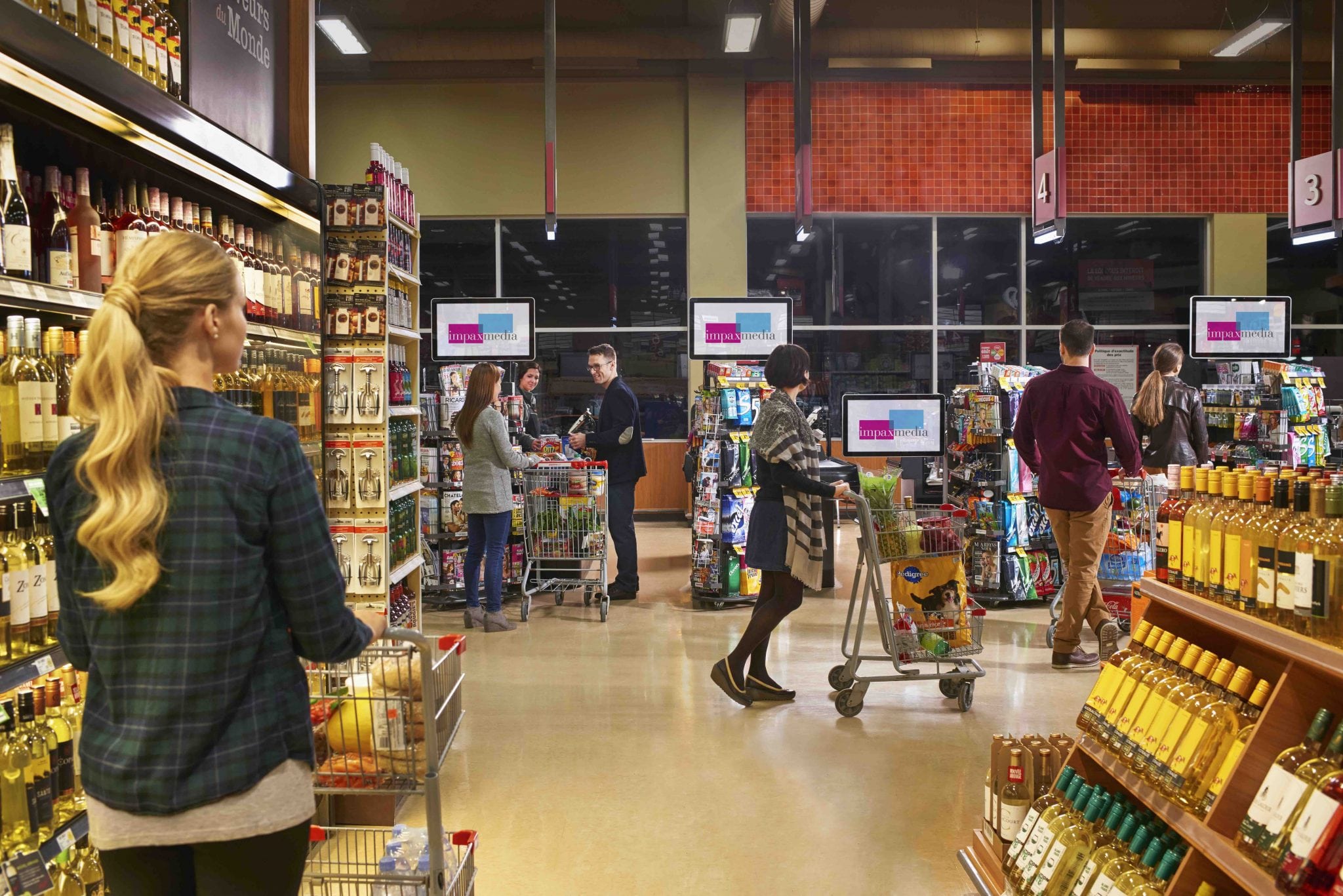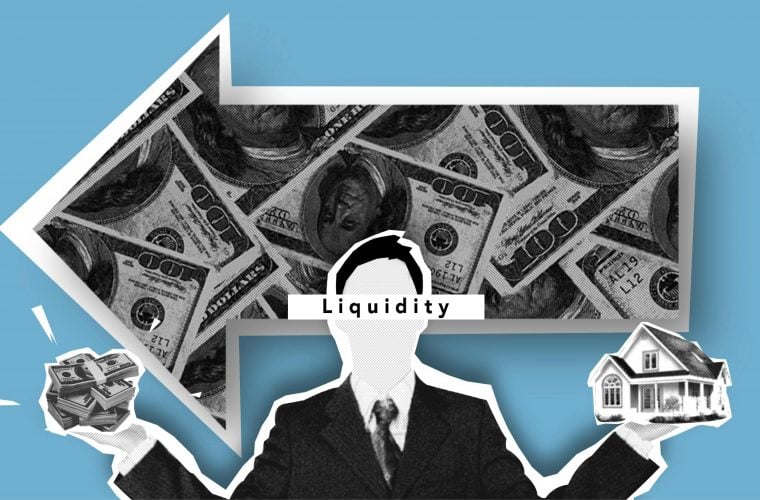
4 Trends Set to Change Out-of-Home Advertising
Many businesses are turning to location-based media opportunities as part of their multi-channel strategies. After all, the average consumer spends more time away from his or her home nowadays than ever before, and studies show that when we’re out and about, we’re more receptive to purchase-oriented messaging.
Offline media is no longer the laggardly option that it used to be. Just like online media, it is becoming more and more measurable. With more sophisticated out-of-home (OOH) advertising solutions, it’s even possible to programmatically target audiences by demographic groups, mindset, context and intent, among other factors.
What’s more, OOH companies are finally incorporating attention metrics like time spent, actions and reactions into their toolboxes, helping to create an economic model that is more sustainable. It pays to have access to performance metrics that relate to actual user experiences, as opposed to just impressions.
“Attention means that some amount of thought is diverted toward that message or product,” Chris Stark, SVP of product marketing at web ad measurement firm Grapeshot, recently told DMNews. “It’s when you apply a little bit more of your consideration—that spectrum of thought that someone gives toward something.” Some of these great metrics for retail marketers include time spent, actions and reactions.
Arguably as a result of these tech upgrades, spending on out-of-home (OOH) ads in the US grew to $7.3 billion last year from $7 billion in 2014, according to Magna Global. The sector still accounts for a relatively modest share of total ad spending (4.3%, compared with 35.3% for digital), but outdoor is forecast to hold about that same share through 2019.
By contrast, the share for print newspaper ad spending is expected to fall from 8.4% today to 4.2% in 2019, as magazine ad pages drop to 5.3% from 9.2%.
Here are some of the promising trends in OOH that retailers need to be familiar with.
1. Increased intelligence
The internet of things is quickly emerging. This has led to a serious thirst for fast and relevant data, and it’s inevitable that the OOH sector will have more to offer in the way of retail intelligence. We can expect sophisticated creations that will be able to optimize themselves, on the fly, according to who is watching and how they react. Other systems will be able to access externally sourced data and use it to change content feeds. Such conditions include viral content in social media, news, sports scores and weather patterns. Did the local team win a championship? Run video content that speaks to celebration. Did a blizzard roll in unexpectedly? Offer sales promotions for “cozy” products.
Anonymous, secure tracking helps considerably with personalization. For example, billboards will be able to determine the age and gender of those who see it. This helps advertisers to remain relevant through A/B testing. Soon, programmatic placement capabilities will also be introduced. These developments are great for retailers seeking to engage with their visitors with maximum relevance.
Already active in Canada and the New York metro area, Impax Media’s in-retail video ad platform enables retailers and advertisers to correlate video clip performance with other parameters, like time of day, store location, time of week, viewer gender and age. Impax’s “Tru-View” technology doesn’t collect any identity-specific data, so privacy is not a concern. The company is planning to place 20,000 screens in thousands of stores across the US by mid-2017, a plan that is gaining momentum thanks to a recent partnership with TNG Retail Solutions.
2. More digital screens
Business models are changing when it comes to in-store advertising. Stores are no longer just venues, but rather partners. When given this opportunity, they can co-brand screens with video media platforms to place their own content in rotation alongside the content of advertisers.
Due to longer work commutes, growth in leisure travel, the ability to link digital screens to wireless devices and increases in shopping hours, advertisers will keep increasing the number of digital screens set to capture attention metrics. Additionally, changing legislations and lower costs of production for LED screens will speed up this growth. Many companies have already announced plans to roll out thousands of digital screens.
With attention metrics, they are also given attention data that helps optimize the overall shopping experience. “Retailers can drive feet-in-store by directing consumers through synergy with OOH and by adapting their offerings to consumers’ brand and price consciousness, as well as their search for convenience,” Jacques du Preez, CEO of South Africa-based Provantage Media recently told The Financial Mail.
3. New ways of engaging
Location-based ad screens deliver best-in-class impact, as revealed by a study by xAd. The research findings show that almost 10% of consumers were influenced by an ad to visit a retailer. It also showed that a proximity message added to an ad was the most effective in bringing foot traffic to local retail businesses..
There will undoubtedly be new and more precise methods of driving action coming to OOH soon. One of these is offering geo-fencing mobile ads that are dovetailed with street furniture ads and billboards. With such a system, people walking their dogs near billboards will be able to access tappable, coupon-enabled digital ads on their mobile devices once they enter a specific digital perimeter such as a bus stop or a store front.
We’re also likely to see increased partnerships between out-of-home advertising vendors with other multi-media industry players. Privacy snafus aside, mobile carrier data, shop purchase records, and online browsing behavior are all part of useful data collected.
4. Improved analytics
The Arbitron Study on Out-of-Home Advertising showed that most US adults are exposed to OOH regularly and that the time spent potentially viewing OOH-powered messaging is significant. Additionally, it showed that purchasing decisions are commonly made away from home, with more than two-thirds of travelers making purchasing decisions on the fly.
Therefore, OOH’s adoption of Bluetooth Low Energy Devices or beacons will likely grow. This will improve the understanding of the behavior of customers who are already inside your store. A lot of valuable data will be collected and analyzed, such as most popular products and favorite aisles. Retailers will be able to better track store promotions.
As more and more data gets collected, so will there be even more need for improved analytics. There will be systems to ensure that the data is quickly collected and analyzed with maximum efficiency.
Conclusion
OOH will remain a powerful and resilient method of marketing. With increased intelligence, it will be recognized as an effective direct response medium.
According to a study conducted by Millward Brown, 40% of the customers prefer to shop in stores that have video screens in the checkout lines. What’s more, over 70% of the customers surveyed said they would watch the screens anytime they are in the checkout points.
The trends mentioned above are set to change the face of OOH as time goes by. We can expect that these and even more intelligent and superior innovations will come up. Retailers should take this opportunity to start planning their location-based ad screen strategies – both as platform partners and as advertisers.














